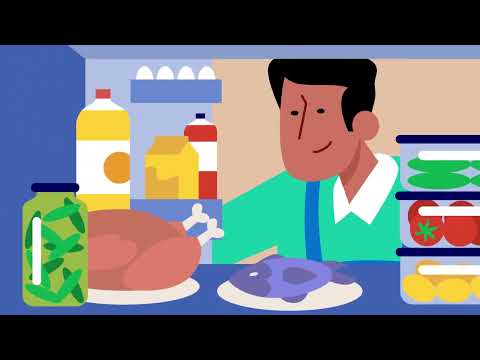Salmonellosis
Salmonella infections are caused by bacteria commonly found in a variety of animals, especially poultry, pigs, cattle and reptiles. Humans are usually infected by eating undercooked or contaminated food.
Symptoms depend on the amount of bacteria, the immune status of the person and the type of salmonella. They usually appear 12-36 hours after eating the contaminated food.
- diarrhoea
- fever
- stomach pain
- nausea
- vomiting
These symptoms typically last for a few days. Sometimes, severe dehydration can occur, leading to a need for hospitalization.
Salmonella can infect anyone butInfants, older or frail individuals are more at risk of severe illness.
There is a higher chance of a severe blood infection in older patients, and in some cases, death can occur. Additionally, around 10% of cases may develop post-infectious complications like joint inflammation.
People become infected by eating contaminated food without heating such as ready-to-eat foods, raw vegetables or unpasteurised milk.
Treatment with antibiotics is only required in severe infections or immunocompromised patients.
Although there are safety measures in place in our food chains, the best ways to reduce the risk of salmonellosisare:
- maintaining hand hygiene
- handling and preparing food correctly
- separating raw and cooked ingredients
- cooking food thoroughly
- keeping food at safe temperatures
- washing vegetables





